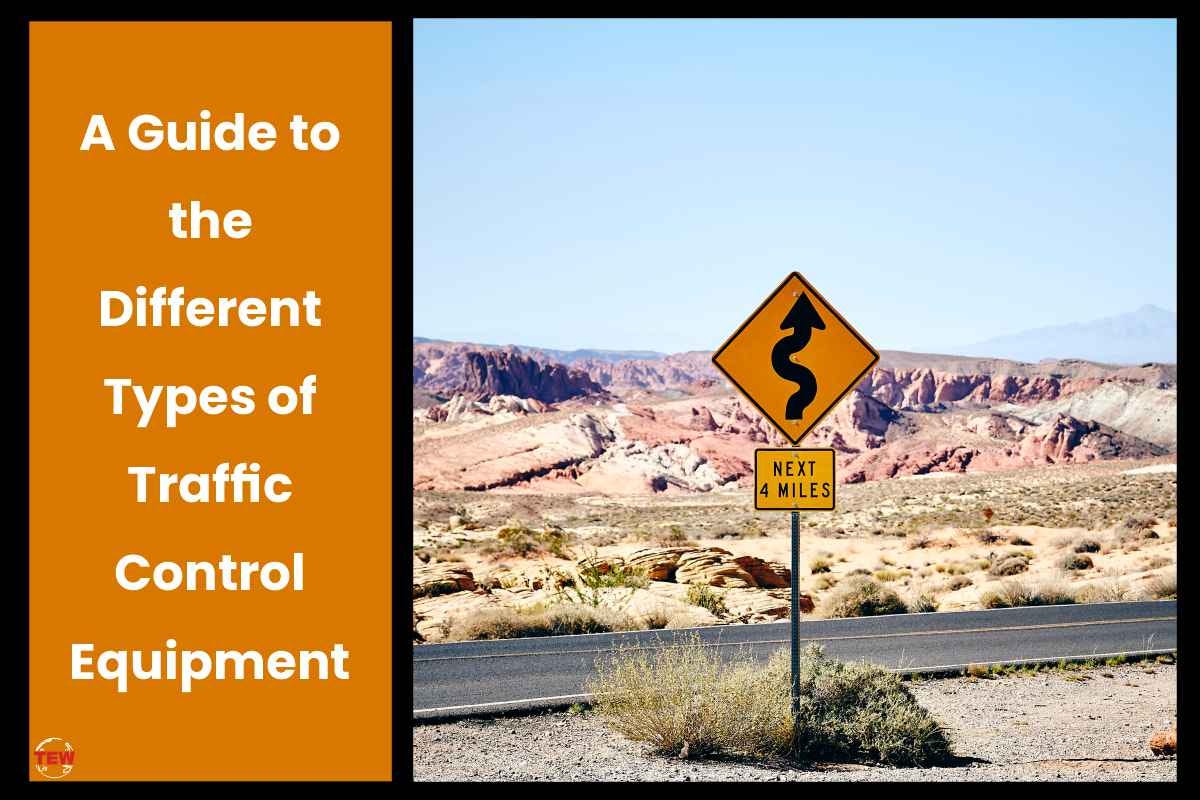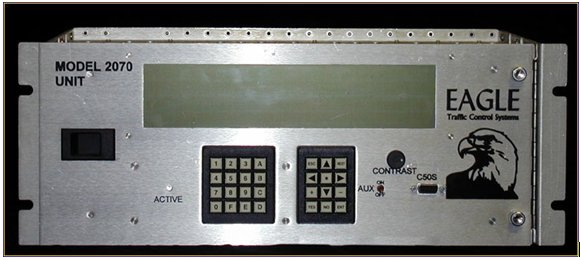The 15-Second Trick For Safety Network
This is called squadron development as well as is achieved by collaborating the operation of surrounding signals (https://penzu.com/public/85a6584a). Signal control is most generally attained by operating nearby signals at the same cycle size, with a pre-determined offset in between the beginning of the cycle at one crossway and also the start of the cycle at the following.
The cycle size, split, as well as counter may need to transform throughout the day as website traffic volumes alter. Safety traffic signs. Controllers, as a result, allow the individual to establish multiple sets of these fundamental control timing parameters. Each such set is referred to as a timing strategy or timing pattern, and one timing plan or timing pattern functions at any kind of given time.
Safety Network Fundamentals Explained
Web traffic signal controllers readily available today can be classified as period controllers (likewise called pretimed) or phase controllers (likewise called activated). The former enable the customer to separate the cycle right into any number of intervals, with the duration of each interval being set by the user. The individual then defines which output circuits are turned on during which periods.
The cycle size amounts to the sum of the interval durations, and all intervals are timed sequentially. The customer can also define a start-of-cycle balanced out for signal control. The interval durations, result definitions, cycle length, as well as balance out can all be differed from one pattern to an additional, and as a result can be differed throughout the day.
If the signal is worked with, the customer additionally defines a split time for each and every stage, and also a start-of-cycle balanced out. The user assigns a stage to a collection of compatible car and also pedestrian motions. If worked with, the split times for all stages in a ring need to sum to the cycle length.
The Buzz on Safety Network
Phase controllers make use of obstacles or phase concurrency teams to specify conflicts between phases in various tings. Within a concurrency group (between 2 obstacles) the phases in various rings can time individually, yet all rings need to cross the barrier (relocation to a various stage concurrency group) all at once.
From one pattern to the following, the individual might vary the cycle size, offset, split, as well as stage series. Phase control is specifically well matched to activated control of normal intersections, especially those with secured left turn motions. Two actuated left turn phases on the very same road can time independently, with say the westbound turn phase receiving much less time than the eastbound in one cycle, and also the contrary taking place in the next cycle.
Each phase in a stage controller can be run either pretimed (dealt with time) or activated. The National Electric Manufacturers Association (NEMA) TS 2 common defines minimum practical requirements for both period and also stage controllers. The majority of modern-day controllers satisfy most or all of these minimal needs as well as the majority of controllers additionally supply extra functionality not yet standardized.
Get This Report about Safety Network
Such links may be long-term to a remote master or computer system, or short-lived to a notebook computer utilized by field employees. Ethernet is increasingly being used rather than serial communications. As unique serial port may be made use of to interact with in-cabinet devices when it comes to a serial-bus cupboard (see NEMA TS 2 and ATC sections listed below).
If a malfunction is found, the MMU automatically puts the signal in an all-red flashing state, bypassing the outputs of the controller. Modern controllers can notice this problem as well as report the breakdown state to a master or central computer system. Modern controllers offer the adhering to 3 alternate methods of determining which pattern or plan to run: Internal time-of-day schedule - the customer sets up a timetable that informs the controller when to change the pattern or plan, based upon the day of the week and time of the day.
If the controller sheds interactions with the source of pattern commands, it can immediately revert to using its interior time-of-day pattern option schedule - http://go.bubbl.us/d4ccf0/c60c?/Safety-Network. The same communications web link is usually utilized to receive condition info from the controller, and to make it possible for remote changes to controller specifications. It is likewise feasible for the user to by hand secure a controller right into a specific pattern, such that any one of the above pattern choices is neglected.
The 30-Second Trick For Safety Network


Prior to controllers had interior clocks, this was normally attained by connecting the controllers to a master unit making use of the hardwire interconnect technique described over. As soon as each cycle, among the input wires changes its state momentarily or 2 (called a pulse), thus indicating the start of the history cycle to all linked controllers at the same time.

Use this hardwire interconnect technique is declining, for time base sychronisation. Today, controllers have inner clocks efficient in maintaining sensibly accurate time for a minimum of several days. All controllers in a sychronisation group can be configured to utilize the same time of day (state twelve o'clock at night) as the referral factor for balanced out estimation.
This is called time base sychronisation. Eventually, however, the controller's clock will wander and need to be reset to conventional time. Clocks can be reset using any of the adhering to techniques: Guidebook - regularly, a user goes to the controller in the area and resets the time according to a precisely established watch or various other resource of common time (e.
A Biased View of Safety Network
This technique is not preferred as it is laborious, error-prone, and also subject to overlook. Depending on the model browse around this web-site of controller, operationally substantial drift can require manual reset after just a number of weeks of operation. Hardwire pulse - a master unit pulses a hardwire input to the controller at a pre-defined time of day.
Comments on “The 25-Second Trick For Safety Network”